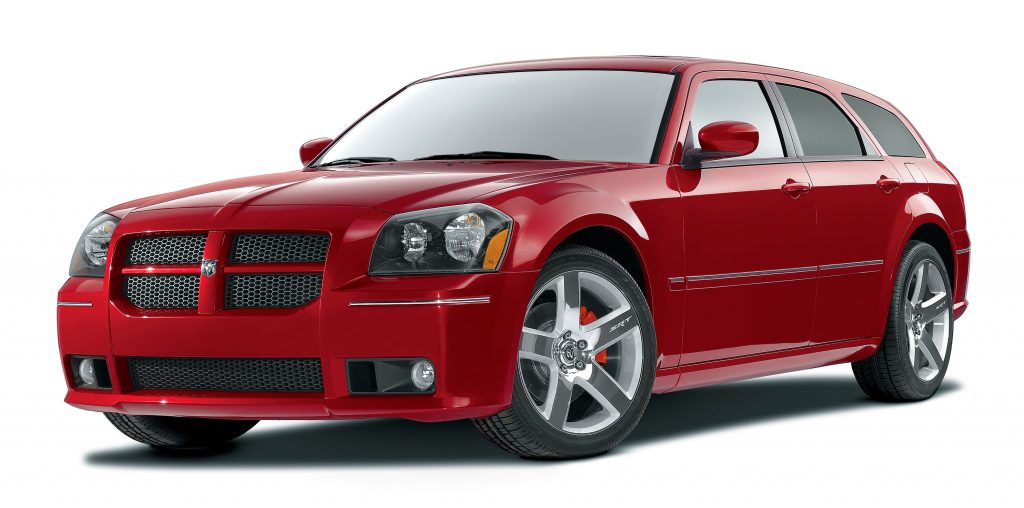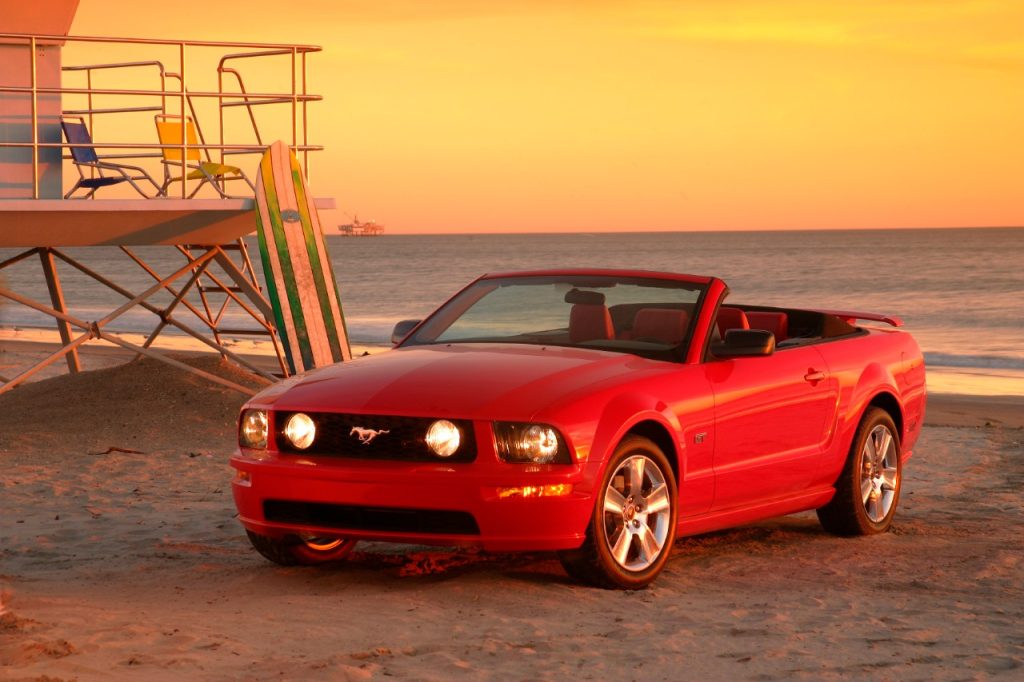
Similar to old-school turbochargers, the 2000s took a little while to get going as the world faced new threats, battles and challenges beyond the streets, and racetracks—but get going the Aughts did.
While major advancements in safety, fuel economy, and in-vehicle electronics were in the works that would bring about major gains in life-saving traction control, fuel mileage, and battery life, automakers were also showing off their renewed commitment to automotive performance.
The 2005 C6 Corvette introduced the Gen. IV Chevy small-block V8—the latter half and more-advanced members of the LS engine family. Jeep launched a new era of Wrangler with the JK release for model-year 2007, which included a four-door option for the first time Jeep Wrangler history.
Throwback styling was en vogue as well, with Chrysler launching its PT Cruiser and 300, and Chevy its retro-pickup the SSR.
Old names were resurrected, as Pontiac pulled the wraps off a new GTO (technically a re-branded Holden Commodore), Nissan unveiled a new Z-car, and Honda brought back the S-Series.
The supercar wars were alive with nostalgia too—Ford’s GT was heavily inspired by the legendary GT-40, and Ferrari lovingly christened its latest triumph the “Enzo,” after the company’s founder.
But for many of us, the highlight of the 21st century’s first decade was the resurgence of muscle-car magic cooked up by the Detroit Big Three—spawning what would become a second Muscle Car Era, chock full of horsepower gains, aggressive vehicle designs, and overall performance advancements.
First, it was the 2005 Ford Mustang on Ford’s D2C platform which borrowed design elements from the beloved first generation of Mustang.
Next came the 2008 Dodge Challenger which features a timeless retro muscle design reminiscent of the iconic 1970 Dodge Challenger R/T.
And then in 2009, Chevrolet started selling the 2010 Gen 5 Camaro based off the 2006 concept which lit up the big screen in the movie “Transformers” a few years prior.

These three vehicles—Mustang, Challenger, and Camaro—blending old and new in the best of ways, reinvigorated the competitive spirit between the Big Three automakers in the performance market, and to a large extent, among the many brand-loyal auto enthusiasts sitting behind the wheel of one of these modern-muscle beasts, whether it be on the street or at the racetrack.
Not unlike the 1960s, where power and style seduced us into ignoring safety and performance inefficiencies, these modern muscle beauties shine as the undisputed automotive stars of the 2000s and—combined with their significant safety and efficiency advantages over their ‘60s-era predecessors—stake their claim as the high-octane trinity of the Best Decade in Automotive History.
What say you?

I agree completely. This is the best of the best and still getting better if you can leave nostalgia out of the equation.